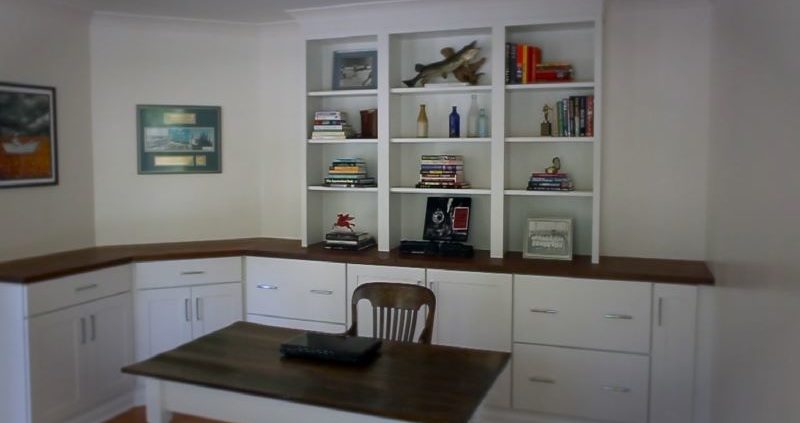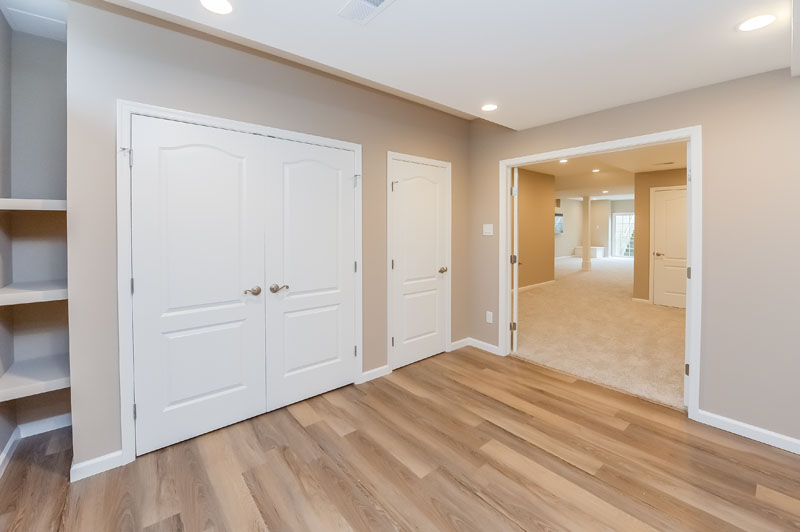Home Office Design Ideas To Inspire Productivity
Whether we’re still working remotely, pursuing our own enterprises, or just doing a little household bookkeeping, the home office is a place we’re spending a lot of time these days. No matter what we’re trying to accomplish in our home office, it’s important that we create an environment conducive to accomplishing it.
Although the makeshift home offices many of us were forced to improvise in 2020 were unique and impressive in their own ways, there is a great benefit to being more intentional about your setup. This month, we’ll explore home office design ideas that promote and encourage productivity.
Where to locate your home office
Location, location, location — how you do your best work begins with where you do your best work. Do you prefer to hunker down in your bunker, or does being out in the open set your gears in motion? Some people are not fazed by distractions, while others toil more fruitfully in isolation.
Truth is, you can create a home office wherever you can find a space for it — in any empty corner, along any stretch of wall, even in a closet. And for those of us with smaller homes, that’s often what it comes down to. Generally speaking, though, the best home office design ideas originate in places:
- Set apart from traffic — foot traffic within the house and vehicular traffic outside the house (if applicable). This helps maintain focus and minimize disruptions.
- With room to stretch out — this will reduce the sense of being cramped or cluttered, as well as allow you to accommodate another person in the office at the same time.
- With available natural lighting — studies show more exposure to sunlight helps drive up serotonin levels in the brain. Increased serotonin is thought to decrease anxiety and elevate mood.
Given these factors, some of the better locations to remodel into a home office are:
- A spare second-story bedroom — preferably in a corner or at the end of a hallway.
- A dedicated home addition — some will even convert a porch enclosure into a workspace to take advantage of the fresh air, light, and natural surroundings of a backyard.
- A section of finished basement — there are few places roomier or more insulated from distraction than this.
How to lay out your home office
After choosing where to locate your home office, we should have a better idea of how to lay it out.
Where do I put my desk?
First, you’ll want to orient your desk toward some kind of focal point, whether it be a window, door, or a decorative wall or feature. This can aid in focus and concentration, and will give your eyes a nice break from your computer screen(s). Obviously, too, your desk will have to be located near an outlet to plug in all your equipment. Utilize fabric cord covers, desk grommets, and floor cord winders, tubing, and wire organizers to avoid technology
How do I make my area more comfortable?
Next, you’ll want to think about accessibility and comfort— can you get in and out of the area easily? Reach everything you need to without stress or strain? If you meet with clients, is there enough room for another person or people to sit? Without a modicum of comfort, it’s hard to expect a shred of productivity. (On that note, find yourself an ergonomic desk chair and consider a standing desk converter.)
How do I stay organized?
Last but definitely not least is finding an organization and storage solution that works for you. Many of us would love to be surrounded by gorgeous custom millwork, to have built-in bookshelves just a swivel of our desk chair away. But there are plenty of other options, from floating shelves to baskets to file organizers to cube storage. The important thing is that what you need for the tasks at hand are quickly locatable and everything else is neatly and logically tucked away.
Choosing your home office aesthetic
Now that we’ve covered home office layouts, it’s time for the fun part — to visualize and implement the aesthetics.
Generally speaking, your interior design directive is not to deviate too much from the rest of the house. If you have a more traditionally styled home, then follow more traditional aesthetics — warmer tones, natural materials like wood and leather, and softer textures. If you own a more contemporary home, then you might emphasize metal and glass more, play with interesting geometric shapes or lines, or incorporate a gallery wall.
Really, though, it comes down to personal preference. If calm and subdued better suits your mood, then your work area should reflect that. If funky and eclectic sparks your creative muse, then go with that.
A word about lighting
As we discussed in a previous blog about kitchen lighting layouts, the way you illuminate your space has important roles in both its form and function. Use ambient lighting (such as recessed or can lights in the ceiling) on dimmers to regulate the overall brightness and vibe, and task lighting where work is being done (such as a desk lamp or a pendant over a drafting table). If you have the option to incorporate more natural light into the area, such as a glass wall, picture window, skylight, or French door, take advantage.
Custom home offices with Ayars
Whether you have an idea for a home office design ready for development or have yet to reach the drafting stage, Ayars Complete Home Improvements is here to help. We are confident that after meeting with your home’s board of directors and discussing our options, we can arrive at a beautiful executive decision.





